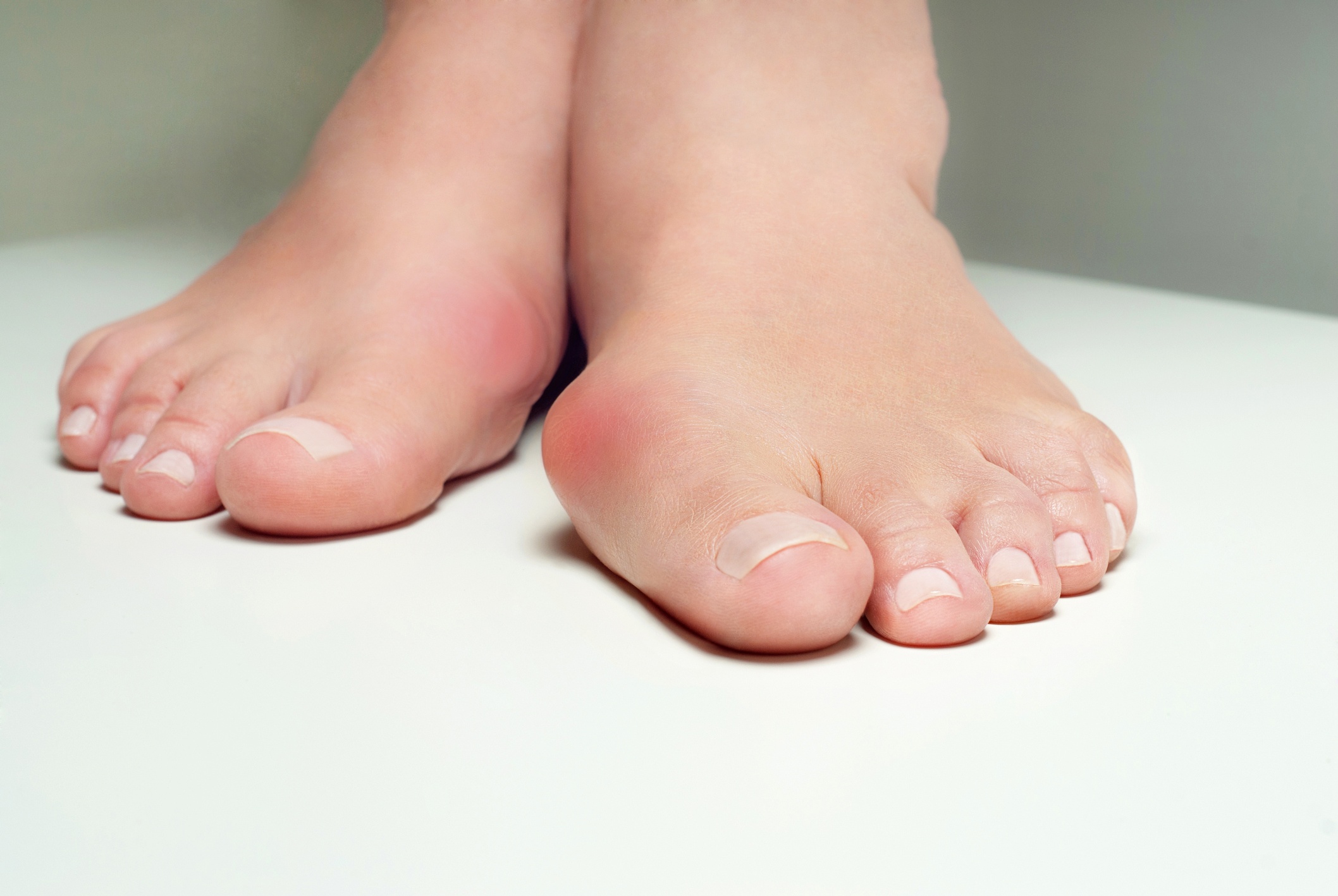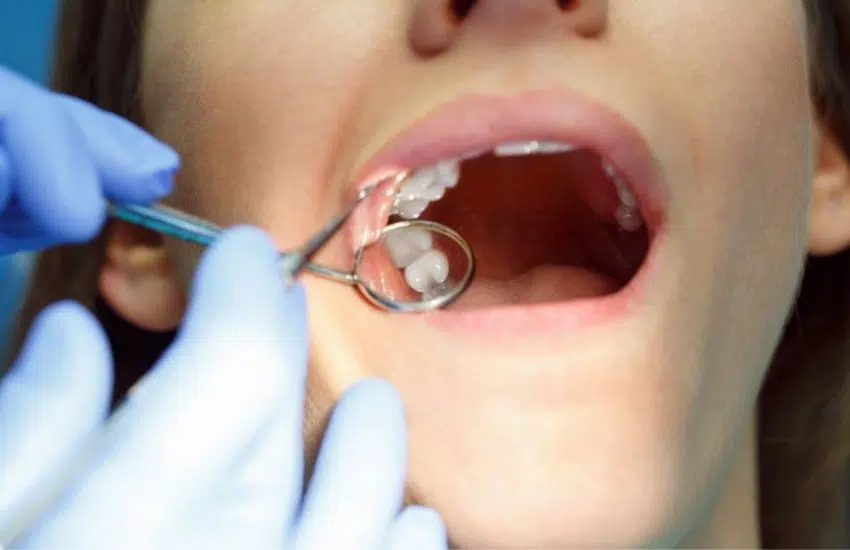Understanding That Hard Lump on Your Foot: Causes, Diagnosis, and Treatment
A hard lump on the side of your foot can be a disconcerting discovery. It might feel bony and restrict your movement, causing concern. While the cause can vary, there are several possibilities, and most are treatable. This comprehensive guide delves into the potential reasons behind this lump, explores diagnostic measures, and discusses treatment options to get you back on your feet comfortably.
Common Culprits: Unveiling the Cause of the Hard Lump
Several conditions can manifest as a hard lump on the side of your foot. Here’s a breakdown of some common causes:
- Bunions: This prevalent condition causes a bony bump to develop at the base of the big toe joint, often on the inner side of the foot. Bunions can arise from wearing ill-fitting shoes, genetics, or certain foot types.
- Ganglion Cysts: These fluid-filled sacs typically appear on the top of the foot or the ankle, but occasionally they can form on the side. They are usually painless but might cause discomfort if they press on a nerve.
- Plantar Fibromas: These are noncancerous growths that develop in the plantar fascia, the ligament running along the arch of your foot. They typically feel like a small, firm bump and might cause pain, especially when wearing shoes.
- Accessory Navicular: This is a congenital condition where an extra piece of bone forms on the inner side of the midfoot. It might present as a painless bump or cause discomfort depending on its size and location.
- Sesamoiditis: Inflammation of the sesamoid bones, two small bones located beneath the big toe joint, can lead to pain and swelling on the ball of the foot, sometimes feeling like a hard lump.
- Stress Fractures: Repetitive stress on the bones of the foot, particularly from activities like running, can cause tiny cracks. These stress fractures might manifest as pain and tenderness, sometimes accompanied by a noticeable lump.
- Lipoma: Though less common on the sides of the feet, lipomas are fatty tissue growths that can occur anywhere on the body, including the foot. They are typically soft and painless but might feel firm in some cases.
Important Note: This list is not exhaustive. If you experience a hard lump on your foot, consulting a healthcare professional for proper diagnosis is crucial.
Seeking Answers: Diagnosis of the Hard Lump
To diagnose the cause of the hard lump on your foot, a healthcare professional will likely take the following steps:
- Medical History: They will inquire about your symptoms, any recent injuries, footwear choices, and overall health.
- Physical Examination: A thorough examination of your foot will be conducted, including palpating the lump and assessing your range of motion.
- Imaging Tests: X-rays or ultrasounds might be recommended to visualize the internal structures of your foot and identify the underlying cause.
Finding Relief: Treatment Options for the Hard Lump
The treatment for a hard lump on your foot depends on the specific diagnosis. Here’s an overview of potential treatment approaches:
- Rest and Activity Modification: Reducing activities that aggravate the lump and allowing your foot to rest is often the first line of defense.
- Ice Therapy: Applying ice packs wrapped in a towel can help reduce inflammation and pain, particularly in cases like sesamoiditis or stress fractures.
- Pain Medication: Over-the-counter pain relievers like ibuprofen or acetaminophen can help manage discomfort.
- Immobilization: In some cases, a walking boot or splint might be recommended to immobilize the foot and promote healing.
- Corticosteroid Injections: Injections can reduce inflammation and pain, especially for conditions like bursitis or ganglion cysts.
- Physical Therapy: Exercises to strengthen the muscles and improve flexibility can be beneficial for various causes, including bunions and plantar fibromas.
- Surgery: In some instances, particularly for bunions, accessory navicular, or large, bothersome plantar fibromas, surgical removal might be the recommended course of action.
Remember: Early diagnosis and proper treatment are essential for optimal healing and preventing complications.
Frequently Asked Questions (FAQ)
Q: Should I be worried about a hard lump on my foot?
A: While not always a cause for alarm, a hard lump on your foot warrants a visit to a healthcare professional for proper diagnosis and to rule out any serious underlying conditions.
Q: Can I treat a hard lump on my foot at home?
A: Home remedies like rest, ice therapy, and pain medication might offer some relief depending on the cause. However, self-diagnosis and treatment are not recommended. Consulting a healthcare professional is crucial for appropriate treatment.




